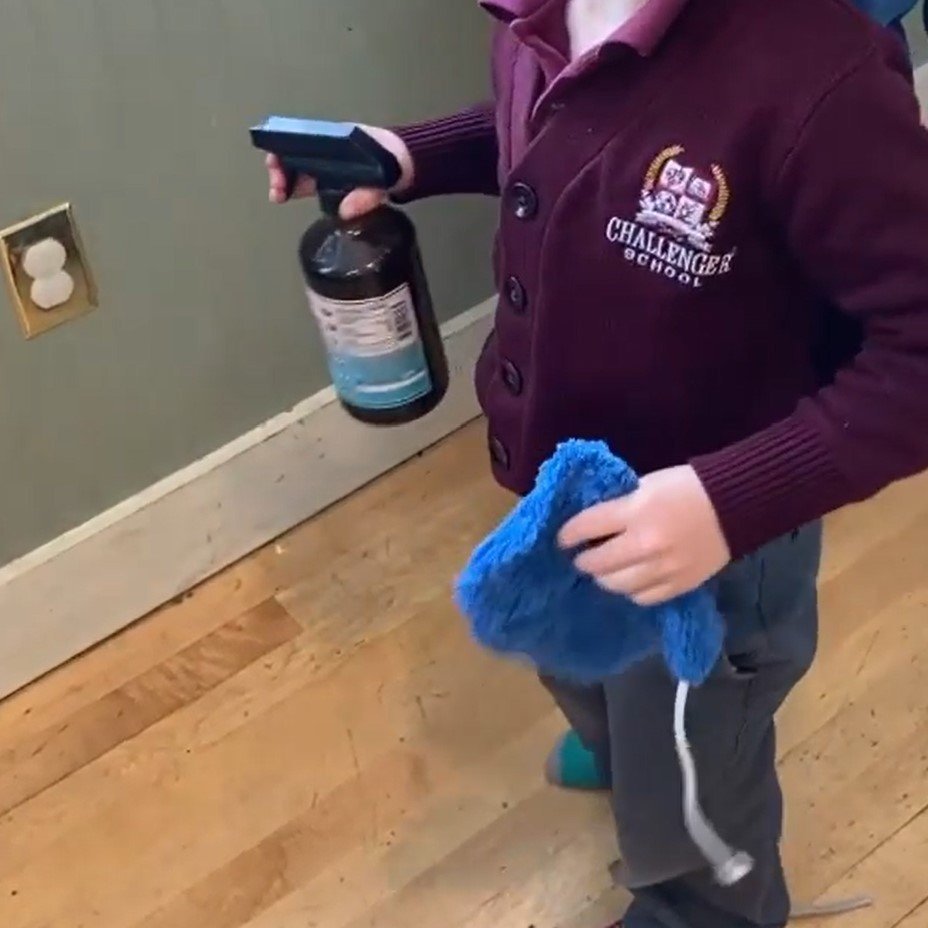MANTA
2021
Senior Thesis
Manta is a toy that creates a fun cleaning experience for young children.
By refocusing their understanding of cleaning from a domestic chore to play, the intention is to preserve their freedom from gender typed behaviours.
view full project
RESEARCH
My research into this topic started with researching the broader problem I wanted to tackle: gender inequality in the home. The systemic oppression of women is less so something to prove, but something I needed to contextualize and specificize for this project. Under the hegemonic paradigm of traditional gender norms, the portion of domestic labor women are expected to undertake include the organization and preparation of food, cleaning, laundry, and childcare amongst other things.
IDEATION TO DEVELOPMENT
During my early interviews with parents, I learned that children have limited cleaning capabilities. With this in mind, I started with simple cleaning objects like sponges, vacuums, and cleaning cloths. I began to transform them into unique, fun, and cute forms that might appeal to children. These interviews I had with parents were concurrent with my ideation phase so as I ideated, I quickly learned that things like vaccuums would be unfeasible as they weere inconvenient to parents, as they would be loud and irritating, and things like animals were very popular with kids because it’s a part of almost every child’s education at those ages.
I took the most interesting ideas from the areas that the parents suggested and modeled them in clay to get a rough idea of the look and feel of the toys. In doing this, and further exploring the details of the each design, I landed on three variations of a squishy sponge toy in the form of animals. I picked the manta ray, starfish, and the octopus to further develop in more drawings and modeling.
IDEATION TO DEVELOPMENT
I took the most interesting ideas from the areas that the parents suggested and modeled them in clay to get a rough idea of the look and feel of the toys. In doing this, and further exploring the details of the each design, I landed on three variations of a squishy sponge toy in the form of animals. I picked the manta ray, starfish, and the octopus to further develop in more drawings and modeling. For my first prototypes, I used a blue microfiber cloth and pillow stuffing for the starfish and octopus. For the manta ray i used a spare sponge cloth.
TESTING
Due to the COVID-19 pandemic affecting New York fairly severely during my thesis, finding willing parents to participate in testing was difficult. As such, I opted for an alternative approach, finding parents/children through my own network. For preliminary testing I was able to get a hold of 3 children and was able to get videos of them playing with the toys. This allowed me to observe how they interacted with it so that I could focus on things like ergonomics, the features they found interesting, any safety concerns, and any other behavioural patterns that could inform the development of the project.





Noah is a 4 year old boy from Boston.
His initial reactions to the toys were mildly enthusiastic but as he spent more time with them, he developed an interest in the manta ray. Without prior instruction, he gravitated towards using it as something to scrub with. He shows interest in the floppiness of the toy and also in combining its play with another toy. Mainly, though, he shows a vivid interest in swinging the toy around by the rope.






Ella is a 2 year old girl from Florida. She took an initial interest in the octopus but eventually said the manta ray was her favorite. She showed great interest in swinging the toy by the rope but also, she wrapped the rope around her neck which was a slight concern. She also instinctively used the rope to connect the two toys which was interesting. Overall, the manta ray elicited a high level of interest from this age group but it seemed like its function as a cleaning object was not clear.




Moby and Bowie are two boys from Idaho. Their mother gave them prior instruction as to how to use the toys as cleaning objects so I got a glimpse of how they would clean with it. Bowie did the majority of the cleaning with the manta ray and moby was less focused. Bowie’s grip on the manta toy was a scrunch grip, indicating that there was a degree of difficulty in gripping it for him. Like Noah, he seemed to understand how to use it as a cleaning object, as seen in the entirety of the video. It is to be noted that they were using the toys wet.
DESIGN REFINEMENT
Based on the feedback given to me by the families, I sketched out and developed various ideas to integrate their needs. I also refined the form and functional details. Key takeaways from the feedback included that the rope may have been too long, the toy’s dynamic shape was successful, and that there seemed to be in all of the children some sense of how to use it. I also modelled using paper, clay, cardboard, and eventually fabric to figure out the next iteration of my design. This helped me solidfy the manufacturing process of the toy as well as the details that would need to be changed for this iteration.
















